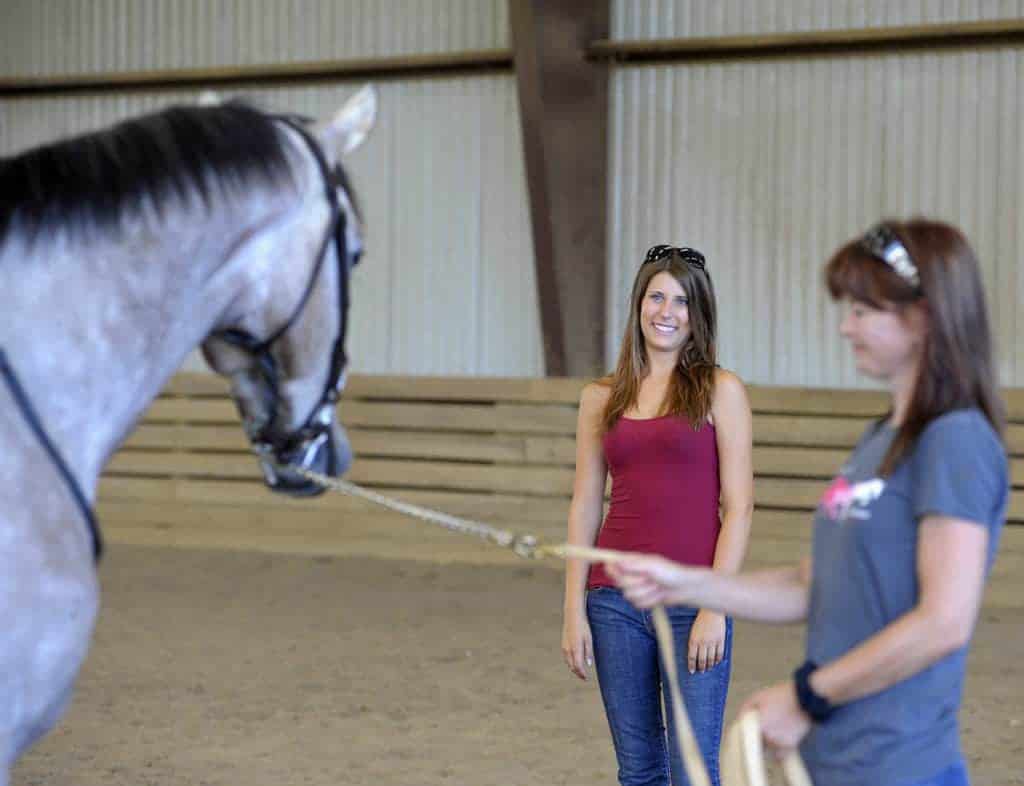
Racehorse Paynter Recovers from Laminitis, Fighting Colitis
Paynter has “beaten laminitis” and will be able to race again if he beats colitis, his owner said Sept. 21.

Paynter has “beaten laminitis” and will be able to race again if he beats colitis, his owner said Sept. 21.

Trainers managing Salix-free horses noted that none of them have shown signs of bleeding after races so far.

A meeting served as a information-gathering session in light of ongoing discussion about furosemide use.
The lawsuit alleges a host of complaints, including that horses were mistreated under the group’s care.
The colt continues to make strides towards recovery and a possible return to the racetrack.
Maram, winner of the 2008 Grey Goose Breeders’ Cup Juvenile Fillies Turf, died Sept. 6 from an acute illness.
The organization endorsed a proposal to have Salix administered by certain veterinarians only.

Gov. Steve Beshear implemented regulations reforming some aspects of the state’s equine medication policy.

This grant program aids in the rescue and rehabilitation of retired racehorses.
All horses racing at Oaklawn Park in 2013 will likely will undergo a pre-race examination.
The rules are scheduled to take effect Sept. 4, just before the start of Turfway Park’s meet.
Presenters discussed joint radiographs, endoscopic exams, and changes in sales conditions during the lecture.
Furosemide will be the only medication permitted on race day in Kentucky effective Sept. 4.
The colt was diagnosed with a peripheral nerve injury that caused atrophy in his left infraspinatus muscle.
The grants will be used to aid the program’s efforts to rehab, retrain, and rehome retired racehorses.
The colt will be evaluated by specialists at Rood & Riddle Equine Hospital in Lexington, Ky.
Stay on top of the most recent Horse Health news with
"*" indicates required fields